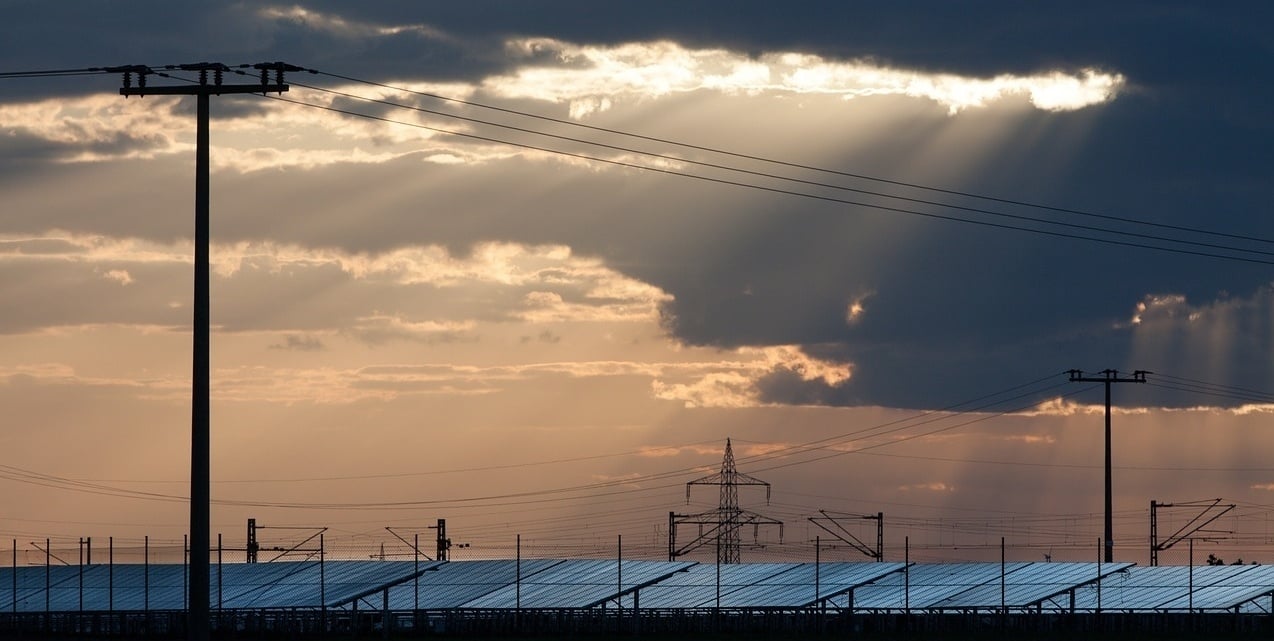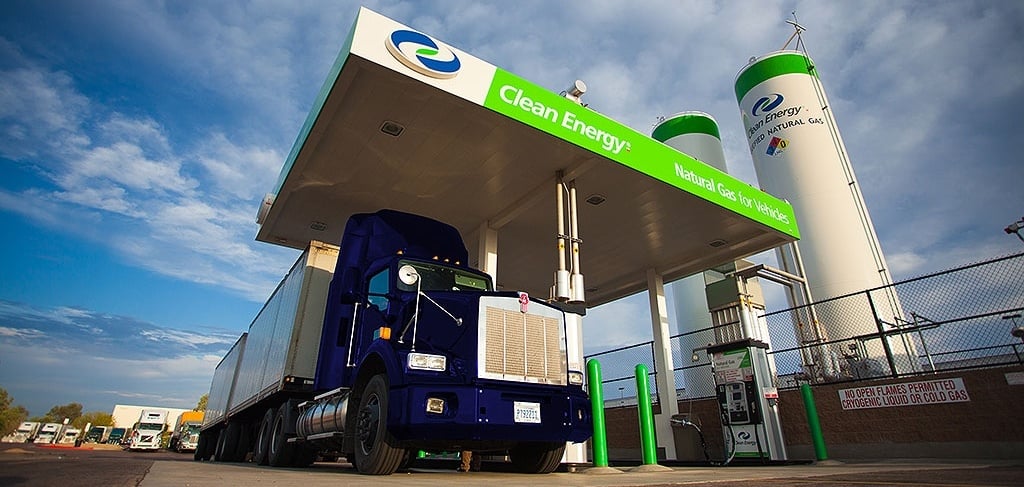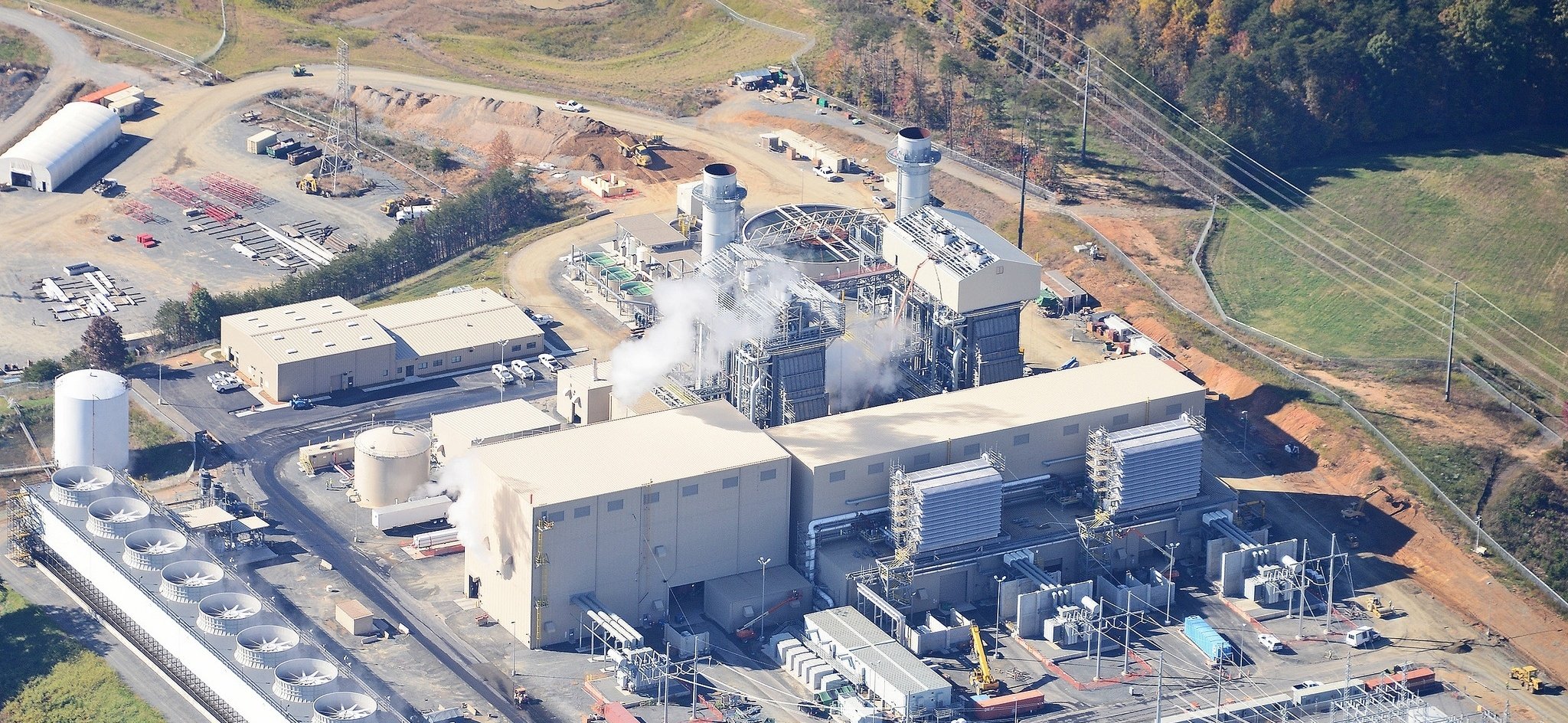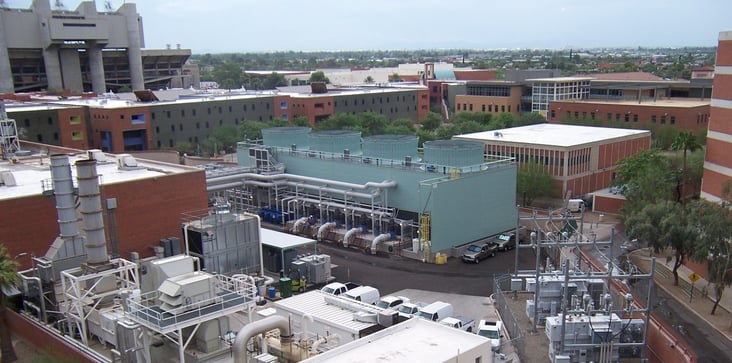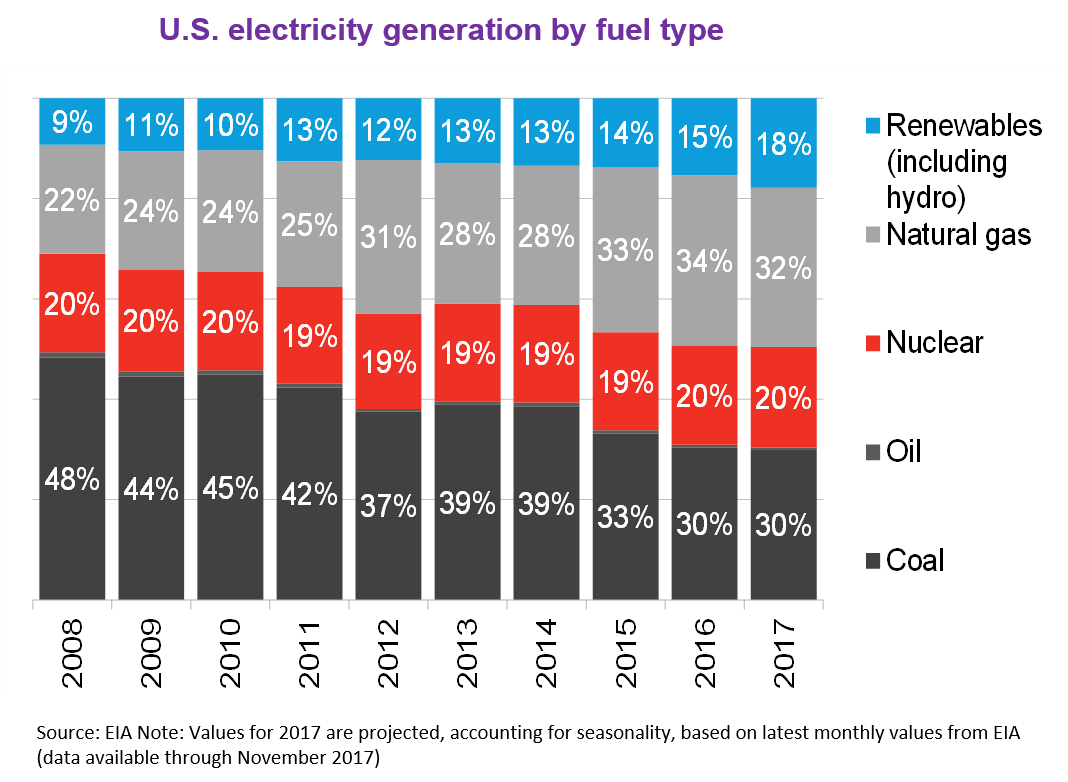
Today, the Business Council for Sustainable Energy (BCSE) and Bloomberg New Energy Finance (BNEF) released their 2018 “Sustainable Energy in America Factbook,” which quantifies power generation investments and production market share across the U.S., along with other noteworthy highlights. Reviewing the 2017 data, one quickly sees that advanced energy is booming, despite policy and market uncertainties on federal and state levels.
